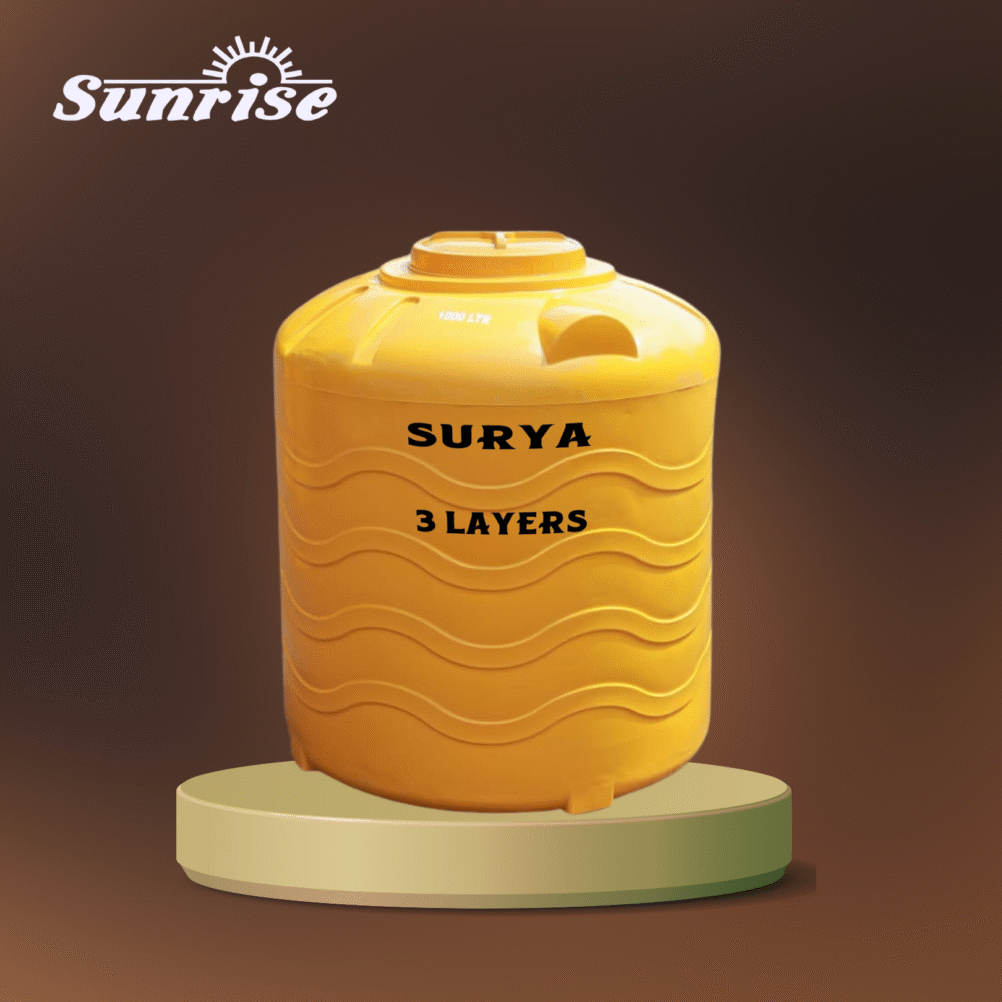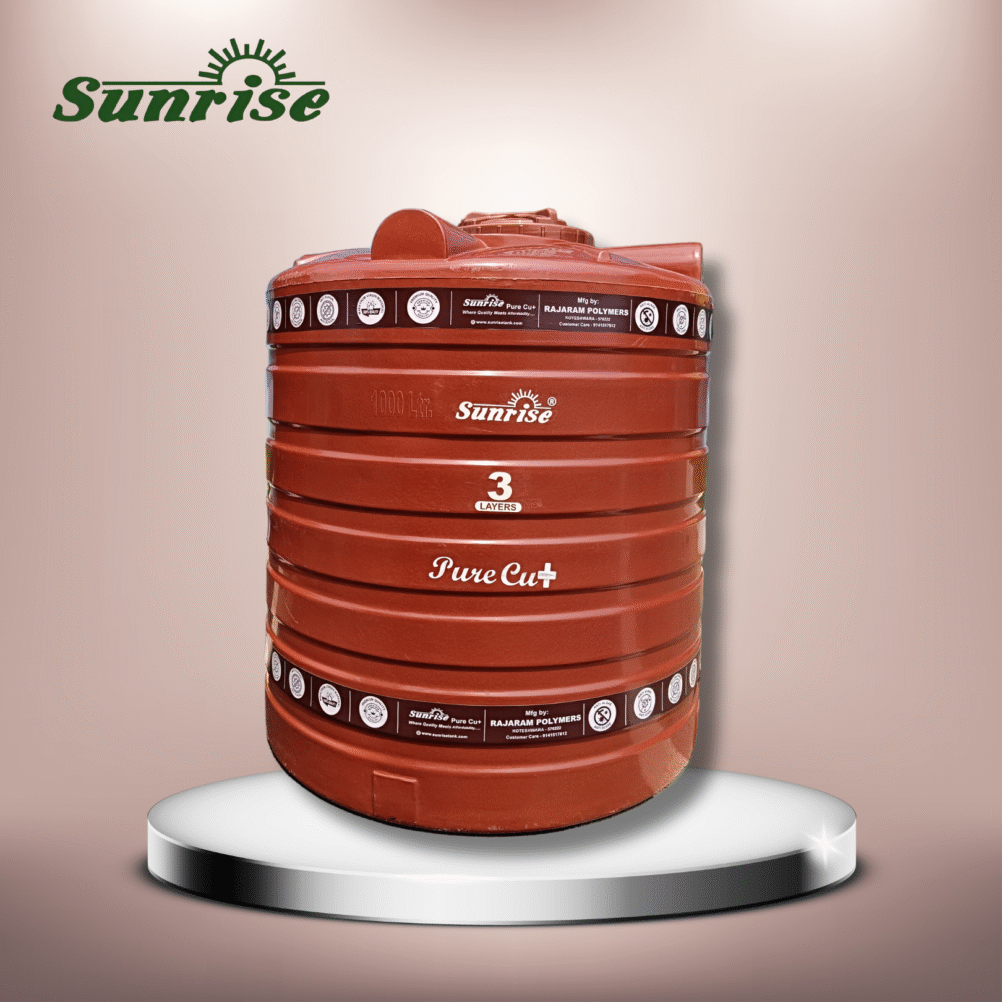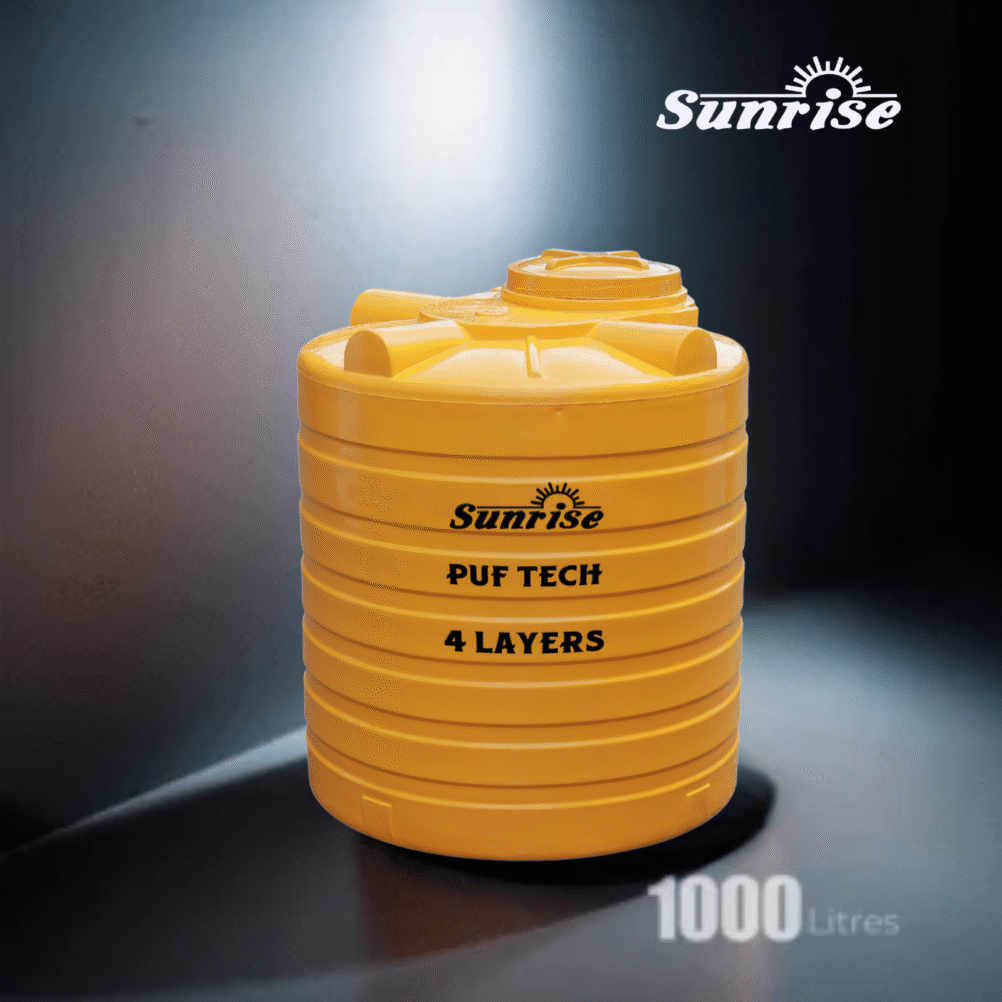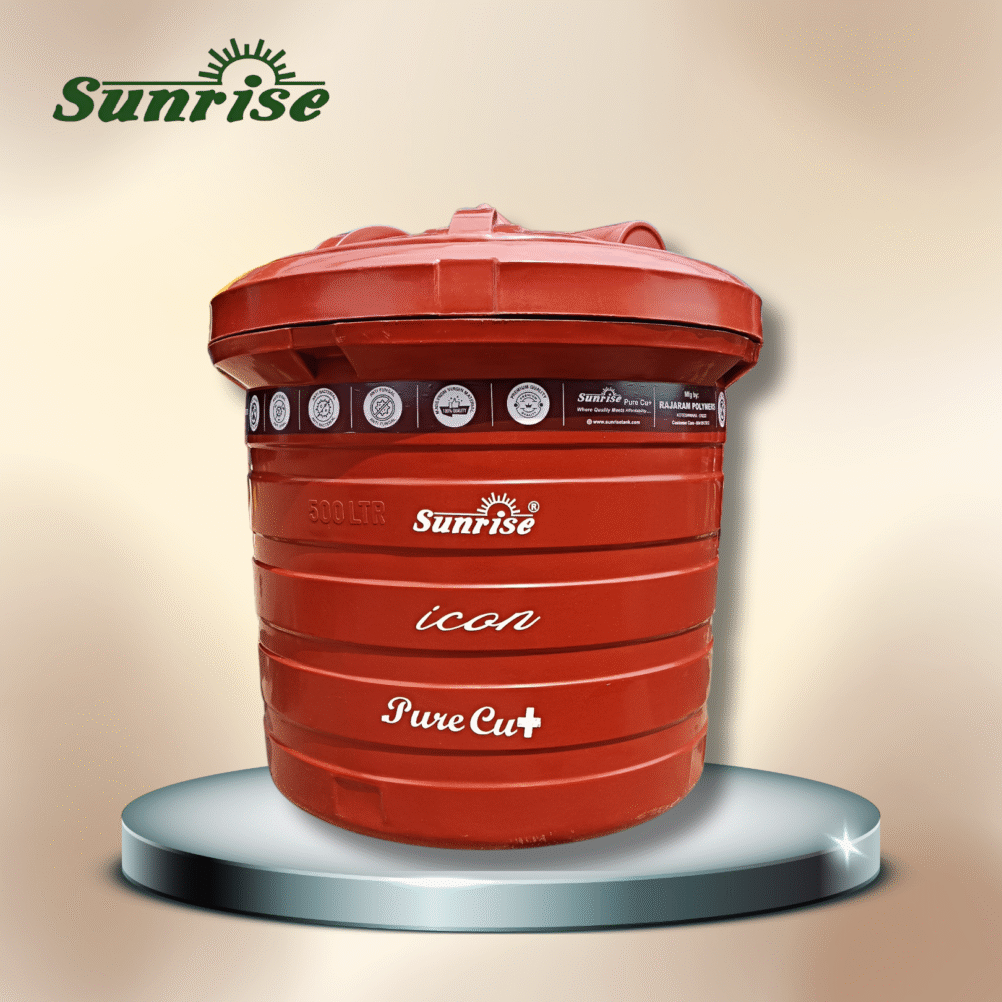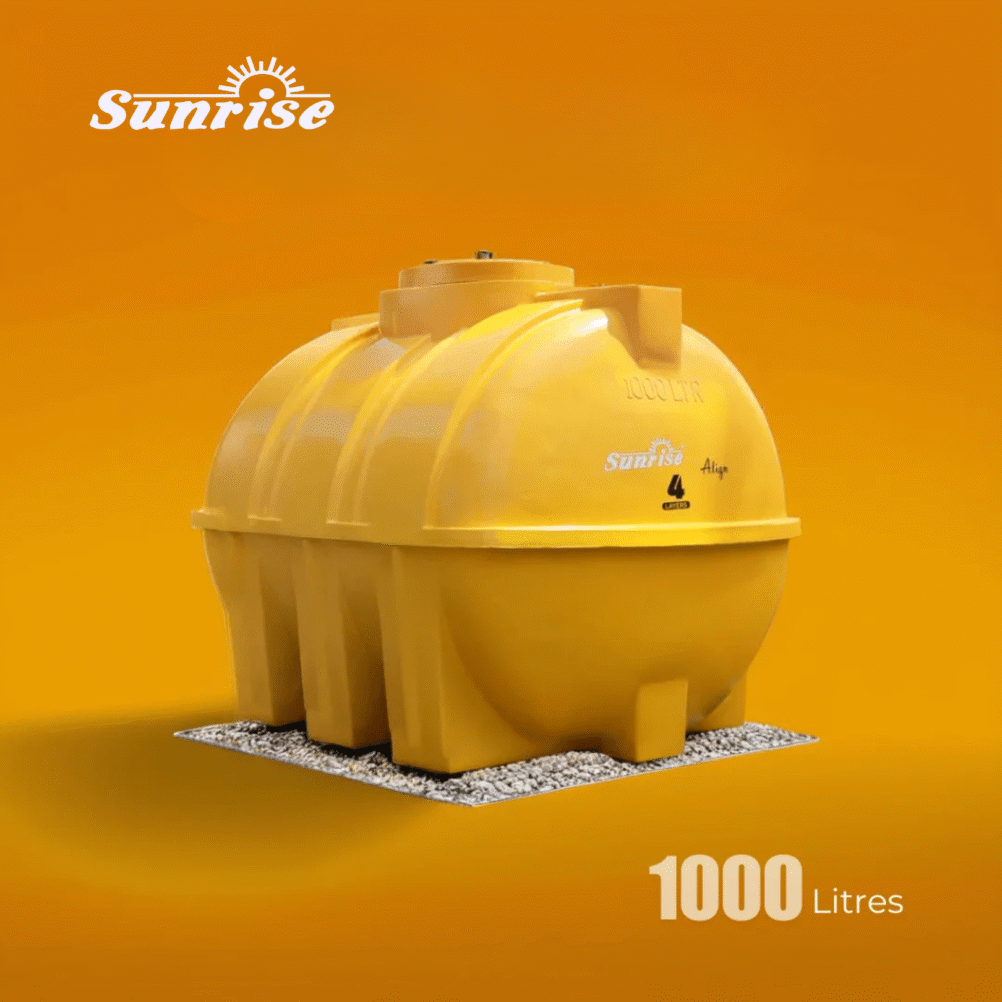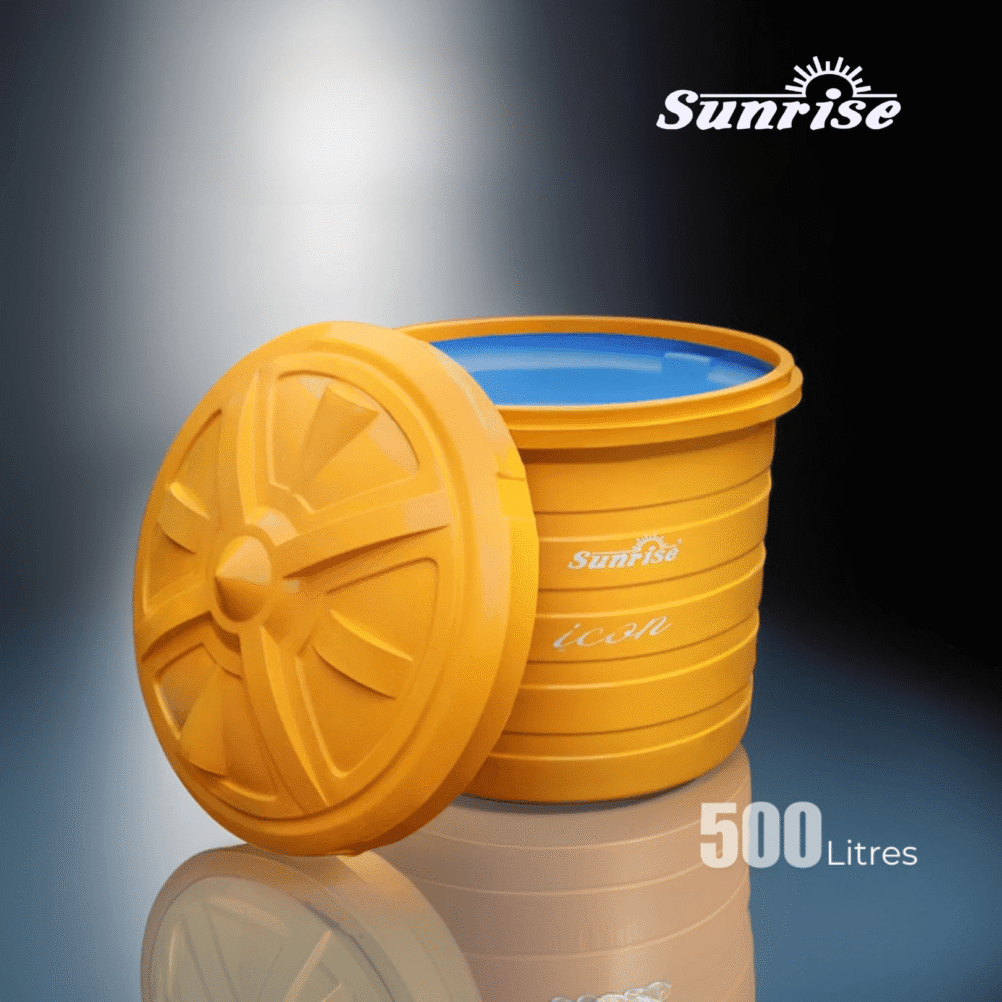In the first instance we need to select the overhead water tanks with reference to durability, material, layer, storage, shape and brand. As we do strong analysis into the essence of what endangers the overhead water tanks are disregarded. It is important to identify the problems that risk the overhead water tanks with longevity and structure. We should select the tank which would preserve from viciousness that lessens the endangerment of water and tank quality. Both Internal and external of the overhead water tanks to safeguard from multiple ultimatums.
How to protect your water tank from unknown threats?
In the first instance we need to select the overhead water tanks with reference to durability, material, layer, storage, shape and brand. As we do strong analysis into the essence of what endangers the overhead water tanks are disregarded. It is important to identify the problems that risk the overhead water tanks with longevity and structure. We should select the tank which would preserve from viciousness that lessens the endangerment of water and tank quality. Both Internal and external of the overhead water tanks to safeguard from multiple ultimatums.
Internal Safeguard

Contaminated water tanks with microorganism
4 Ways to Minimize Bacteria Growth in Hot and Cold-Water Tanks
Waterborne infections, such as bacteria, frequently live in drinking water tanks because of their construction and the temperatures at which they retain the water. Under some circumstances, bacteria in storage tanks may grow more strongly, spreading to the water systems in your buildings.
Keep the environment at a temperature that inhibits bacterial growth
The optimal water temperature for the Legionella bacteria growth is between 77 and 120 °F. Legionella bacteria growth experience slowed and eventually started to die as temperature levels above the ideal range. Legionella bacteria growth are slowly killed by water temperatures between 120 and 140 degrees Fahrenheit, but they are promptly eliminated by temperatures above 160 degrees.

A circulation system should be present in each tank to reduce stratification and stagnation.
Water stratification and stagnation are both prevented by tank circulation systems. In storage tanks, stagnant water can promote the growth of Legionella bacteria. Water that has been left standing for a while loses its ability to be disinfected, which increases the risk of Legionella bacteria growth. Additionally, the temperature of stagnant water might drop, making it more susceptible to the growth of the Legionella bacteria.
When water is left standing still, water stratification can happen. Due to the fact that heat rises, when water is stored in a tank, hot water tends to rise to the top while colder water tends to settle to the bottom. As a result, there are variations in the temperature of the water inside the tank, which makes it more likely that Legionella bacteria would develop there. A tank with internal water circulation helps to avoid stratification and maintain a constant water temperature.
Clean and disinfect water tanks on a regular basis.
Legionella bacteria can develop and multiply more slowly if storage tanks for drinking water are routinely cleaned and disinfected. Sediment can accumulate on the bottom of tanks if they are not cleaned often.
Check for the bacterium Legionella.
Regular testing for Legionella bacteria is the best way to unbiasedly validate any effort to reduce the growth of the bacterium. Every water holding tank should have a sample taken, according to the Centers for Disease Control and Prevention.
External Safeguard

Water tank kept out for longer period
How to Protect Your Water Tanks from Sunlight
Regular testing for Legionella bacteria is the best way to unbiasedly validate any effort to reduce the growth of the bacterium. Every water holding tank should have a sample taken, according to the Centers for Disease Control and Prevention.
It should be quite obvious to anyone who has ever spent too much time in the sun how to protect overhead water tanks against UV ray radiation: limit your exposure. Build shelters, bury the tank, and put it inside. All of those strategies are efficient, but bear in mind that UV radiation can still pass through a shaded area.
Here are a couple additional less obvious and more rational strategies for shielding your overhead water tanks from the sun:
UV light stabilizers
A light stabilizing resin will be used to compound an excellent polyethylene tank. These resins aid in strengthening the structural integrity of the plastic while reducing the damaging effects of UV light. UV light stabilizers will eventually lose their ability to protect. The lifespan of the protective resin depends on how much sunlight the tank receives. Consequently, you should still be cautious around sunlight even if you buy a plastic overhead water tank that includes a light stabilizing resin. The lifespan of the tank can be extended by sheltering or keeping it indoors. The color of the tank may also serve to limit the resin’s efficacy. For instance, darker tanks absorb more heat and sunlight than lighter ones.
Insulation
Another easy technique to shield the plastic overhead water tanks from sunlight is to simply wrap it in an insulating or protective cloth. However, you need to be cautious about the insulation you choose. If you want to prevent the water from freezing, you shouldn’t just rely on the foam insulator you use in the winter. As a result, the water will be significantly warmer in the summer than is healthy or safe to drink. Insulate instead using radiant barrier materials, which are reflecting and are used to keep attics cool in the summer. This substance is intended to reflect heat rather than absorb it. Radiant barrier insulation is a fantastic technique to guard polyethylene from UV rays deterioration, but it won’t stop the water in the tank from becoming overheated.This is so that heat can be reflected rather than transmitted, as is the case with insulating materials. Additionally, insulation can be rather expensive in and of itself.
Paint
Simple but effective UV rays protection for plastic overhead water tanks can be achieved by painting them. But before you start painting, be aware of its limitations. Not all paints attach to polyethylene well because of the amount of expansion and contraction that it can go through. Some paints need to be reapplied frequently because they chip or crack. A project of this nature can end up taking more labor than it is worth.
What is the best location for my water storage tank to reduce UV exposure?
You should take every precaution to reduce the UV rays exposure your plastic tank receives. The longevity will be shortened as the UV rays radiation level increases. Shelters and the quantity of shade a tank receives each day from trees, structures, and other sources can also assist reduce direct UV rays exposure.
It’s important to consider the tank’s geographic location as well. For instance, southern states see longer and more intense sunshine than northern states. The tank would be protected by a roof, which would be ideal, but even shade and indirect sunlight emit UV rays. And if you go to the sunrise water tanks are UV rays protected.
Are overhead water tanks strong on the outside ?
When it comes to environmental variables or interference from creatures like monkeys or birds, the water tanks are put through a lot. The tank must be protected from various current hazards using strong, long-lasting materials.
For Indian houses, fighting between cats, birds, and monkeys over terrace tanks is nothing new. The animals frequently damage, open, and pollute tank covers. It is crucial to select robust, thick lids that can withstand the play of nature. Sunrise water tanks have sturdy, solid threaded heavyweight lids that guard against animal intrusion and dust contamination of the water. Some factors that really put a water tank to the test include strong winds and pollution. Strong, resilient tanks also prevent water leaks. With four levels of defense, including Microban and RoHS, Sunrise water tanks are Safe, Cool, and Granito. The benefits and various technological advancements do not always have a significant impact on the cost of a water tank. Select a tank that can withstand harsh weather conditions, animals, rain, and other natural factors.
To protect your family’s health and the physical integrity of overhead water tanks, you must first recognise the threat and take appropriate action to stop it. By investigating water storage options and piping systems that address these threats, choose water tanks that offer protection both inside and out. Explore Sunrise water tanks with the benefits and inventiveness that has 15 years of experience.


